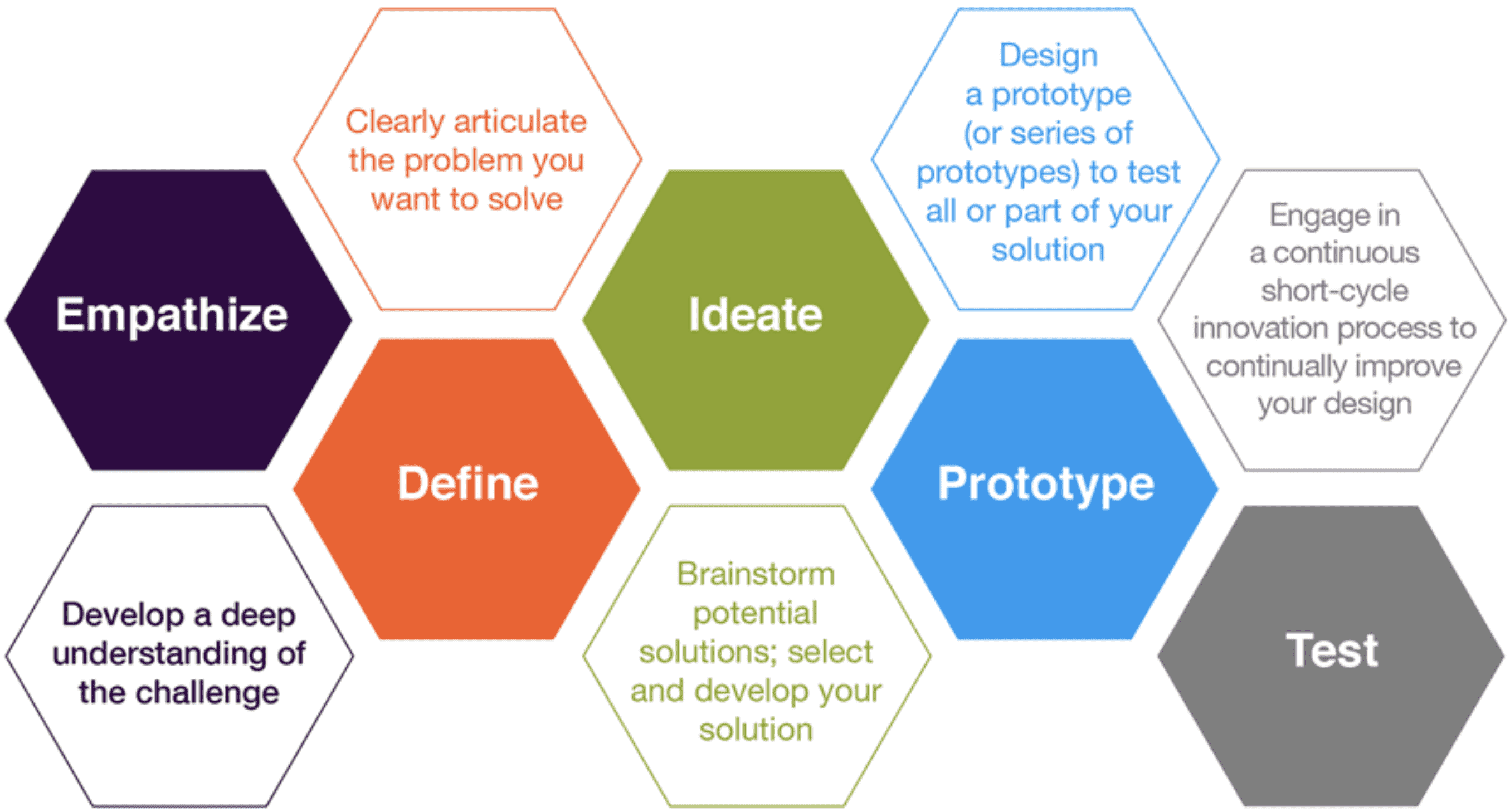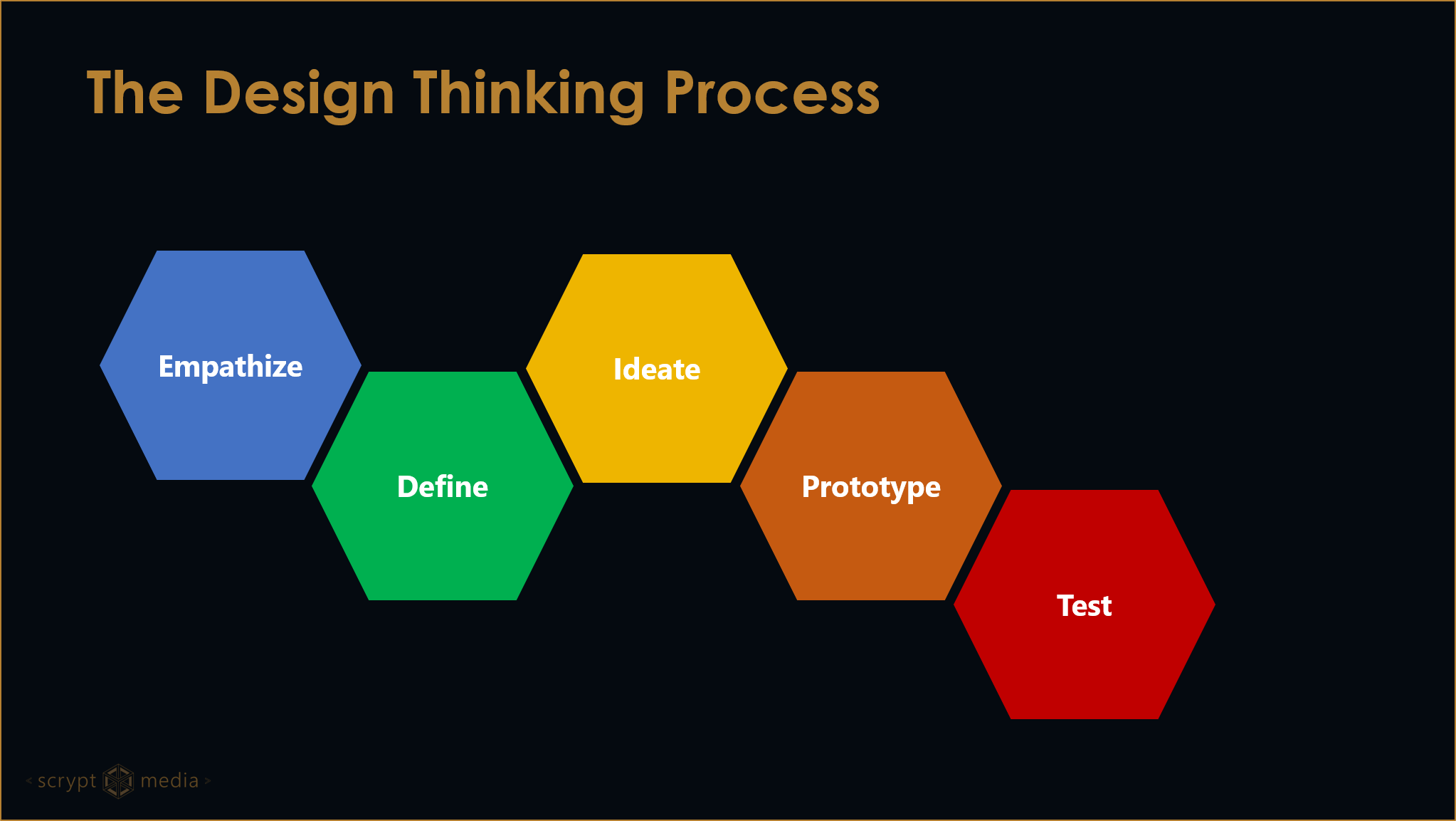Table Of Content

Design thinking mindsets are how individuals think, feel and express themselves during design thinking activities. It includes people’s expectations and orientations during a design project. The updated version also highlights the importance of leadership (to create an environment that allows innovation) and engagement (to connect with different stakeholders and involve them in the design process). In the book Designing Social Systems in a Changing World, Béla Heinrich Bánáthy, Professor at San Jose State University and UC Berkeley, created a “divergence-convergence model” diagram. The British Design Council interpreted this diagram to create the Double Diamond design process model. IDEO is a leading design consultancy and has developed its own version of the design thinking framework.
What is the Design Thinking process?
Based on what they learned, they then embarked on a further two years of prototyping and testing. The end result was Society of Grownups, a suite of digital tools that help to educate young people to make smart financial choices. Perhaps you want to focus on the collaborative nature of design thinking, in which case you might hold ideation sessions with representatives from a diverse variety of teams. If you notice that marketing and design constantly struggle to see eye-to-eye, for example, a few design thinking-style brainstorming sessions might help to get everybody on the same page. We know what design thinking is and the key principles that shape it. Now let’s consider what the design thinking methodology looks like in action, starting with the five key steps in the design thinking process.
Design thinking tools and templates to help you get started
It’s important to understand that each stage of the process can (and should) inform the other steps. For example, when you’re going through user testing, you may learn about a new problem that didn’t come up during any of the previous stages. The goal of this stage is for your team to develop a user-centered vision of the core problem you need to solve. The idea is to challenge any assumptions or biases teams have, instead using their customer perspective as a guiding source. This is important because it aligns the team on what needs to be considered during the rest of the design thinking process.
The ROI of teamwork: How to quantify the value of better collaboration
Analytical thinking is based on past data, so we can hardly imagine that applying only this kind of thinking will come up something genuinely new. The Apples, Airbnbs, and Ubers of this world were all borne of innovation. Now, the challenge that all of these companies—and your company too, no doubt—face is to continue that innovation in order to maintain or further advance their position in their respective markets. Innovation can’t be a one-time affair; it needs to be part of the company’s DNA.
Examples of design thinking success
As impactful as design thinking can be for an organization, it only leads to true innovation if the vision is executed. The success of design thinking lies in its ability to transform an aspect of the end user’s life. Brainstorm a range of crazy, creative ideas that address the unmet user needs identified in the define phase. Give yourself and your team total freedom; no idea is too farfetched and quantity supersedes quality. In the end, creating satisfied users should be the goal of every design team. Conducting research at this stage is vital to the success of the end result, even though the end result hasn’t yet been conceived.

It can also be something digital and more visual you make that the user can click through in PowerPoint, keynote, or another rapid prototyping or design software to advance the screens like they would on the app. If you are working on a digital transformation and prototyping a new online course you’ve learned your users could benefit from, you wouldn’t build the whole course. Perhaps start with just a course title and description with 3 bullet points. To develop it further create a 2 minute video you make on your phone to add to it.
What is the value of the Design Thinking process?
Design Thinking in Five Steps The University of Chicago Booth School of Business - The University of Chicago Booth School of Business
Design Thinking in Five Steps The University of Chicago Booth School of Business.
Posted: Wed, 04 Apr 2018 07:00:00 GMT [source]
Design thinking is an iterative approach, so be prepared to repeat certain steps in the process as you uncover flaws and shortcomings in the early versions of your proposed solution. Design thinking is a solution-based framework, so the focus is on coming up with as many ideas and potential solutions as possible. Ideation is both a core design thinking principle and a step in the design thinking process. The ideation step is a designated judgment-free zone where participants are encouraged to focus on the quantity of ideas, rather than the quality. The design thinking process outlines a series of steps that bring this ideology to life—starting with building empathy for the user, right through to coming up with ideas and turning them into prototypes. The ideology behind design thinking states that, in order to come up with innovative solutions, one must adopt a designer’s mindset and approach the problem from the user’s perspective.
Introducing McKinsey Explainers: Direct answers to complex questions
Once the team identifies one or more solutions, they determine whether the organization can implement them. In theory, any solution is feasible if the organization has infinite resources and time to develop the solution. However, given the team’s current (or future resources), the team evaluates if the solution is worth pursuing. The team may iterate on the solution to make it more feasible or plan to increase its resources (say, hire more people or acquire specialized machinery).
Applying the design thinking framework to your own work
These methodologies have distinct approaches but share some common principles. In the “Inspire” phase, the team focuses on understanding users’ needs, behaviors, and motivations. The team empathizes with people through observation and user interviews to gather deep insights.
As we’ve learned, Design Thinking is a solution-based approach to exploring and solving problems. It focuses on generating ideas with a specific problem in mind, keeping the user at the heart of the process throughout. Go outside into nature, talk to people from other disciplines/ professions. It is important to talk with other people, there is no such thing as “your” idea. If you are upgrading an existing service, involve the stakeholders in this ideation.
It breaks the innovation process into simple steps, and helps teams know where to focus and when. As consumers, companies, and regulators shift toward increased sustainability, design processes are coming under even more scrutiny. The challenge is that carbon-efficient production processes tend to be more complex and can require more carbon-intensive materials. User-centered design focuses on improving a specific product or service.
Unlike methods made for manufacturing or software development, the Design Thinking Process is designed for everybody. In fact, the Design Thinking process becomes more efficient as more skill sets are added to the team. This is because Design Thinking leans heavily on empathy and divergence, which both benefit from increased perspectives. For more than a decade, manufacturers have used a design-to-value (DTV) model to design and release products that have the features needed to be competitive at a low cost.
In an agile environment, products are improved and built upon incrementally. Again, cross-team collaboration plays a crucial role; agile is all about delivering value that benefits both the end user and the business as a whole. Throughout the prototype stage, the proposed solutions may be accepted, improved, redesigned or rejected depending on how they fare in prototype form. You can read all about the prototyping stage of Design Thinking in our in-depth guide.

With your problem statement or question defined, you can use observations to think of potential solutions. Here are some specific skills to help your design thinking process run smoothly. As you build up your understanding of your users, it's helpful to visualize their experience. This helps identify areas of friction and understand customer preferences.

No comments:
Post a Comment